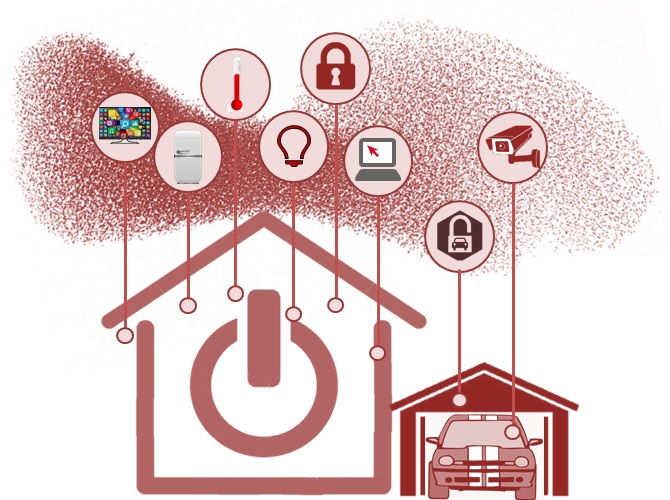
I published a thought leadership article a while ago about the IoT and Analytics in which I discussed about the Internet of Things (IoT) where many appliances and devices around us are connected to the internet as part of the “Smarter Living” initiative. I talked about a voice commanding device such as Alexa which has learnt about my lifestyle, eating and drinking habits. It communicates with my smart fridge to check what food needs to be restocked and then Alexa would place the orders for me. Sounds great! But unless Amazon has decided to manufacture smart fridges, otherwise, Alexa might not work with a Samsung smart fridge. Without the smart fridge communicating with Alexa, Alexa wouldn’t be able to place the order. As a result, the internet-of-things might become an internet-of-nothing!!
Swarm Intelligence (SI) could be a good candidate to resolve this disparity of IoT’s. SI is a collective intelligence based on the concept of swarms. The application of SI on IoT is to connect IoT device groups into emergent systems moderated by artificial intelligence (AI) algorithms modelled on human biological based swarms. In nature, for example, swarms of bees have been shown to make decisions by working together as a unified system, significantly amplifying their combined intelligence to behave smarter and wiser collectively. Hence, SI is made up of population based algorithms of individuals cooperating amongst themselves and statistically becoming better and eventually finding good enough solution(s). SI is the collective behaviour of decentralised, self-organised system, natural or artificial. The SI concept is employed in the work on AI referring to a more general set of algorithms. As stated above, individual IoT devices such as the voice commanding machine learning device and smart fridge, they have their limited ability to serve a specific objective, but if a collection of IoT devices work together, they could achieve a much stronger vitality by connecting the “thought” and to exchange information amongst themselves. With such collaboration, the “group” intelligence can help achieve the ultimate goal of “Internet-of-Everything” (IoE).
Practically, the SI links up everything from our smart TV to our smart doorbell and it goes without saying our light bulbs and appliances at our kitchen and bathroom to create a “community”. The SI-based algorithms are used to achieve a universal optimisation not just inside the house but also outside while the users are out and about. Users receive alerts via their smartphone if the user has forgot to turn off the bedroom light before going out but did remember to set the home security alarm system. The home security system communicates with the smart light switch system and establishes that the property is empty as the alarm is on but the light at the bedroom is still on. Therefore, it alerts the smart light switch to turn off the light at the bedroom in order to save energy and then sends a message to the occupant of the property to their smartphone. The SI has also proved to be extremely useful in health and safety. For example, an occupant has left the house without turning the security alarm on. The voice commanding machine learning IoT device has detected no human voice inside the property and alerted the security alarm system that it believes there is nobody home. The security alarm system turns itself on and sends a message to the occupant’s smartphone to let them know the security alarm has been turned on.
Although the above example refers to a smart home, SI has been expanded to smart city development and has attracted extensive attention in recent years and has been adopted in varied fields such as in military, agriculture, ecological environmental monitoring, industry, medicine. In regard to the military field[1], with the deployment of more remote controlled computer based systems and other peripherals such as drones, robots and unmanned aerial vehicles, the IoT technology has helped users remotely and wirelessly control and communicate with these devices. In the mission critical situation such as war zones and battlefields, SI enables different IoT devices to work together to achieve goals. As a result, the drones in the sky are able to communicate with the robots inside the cave and more importantly to reach an SI-based algorithm collective decision in response to the situations and to achieve goals in a non-delayed and timely manner. SI also plays a vital role in resolving the disparity and incompatibility of different defence equipment manufactured by different manufacturers over different periods of time with different generations of technology.
The development of SI applications in IoT is through an SI architecture hub, composed by a swarm of entities with sensors and actuators to form wireless sensor networks to support different applications and to let different IoT devices not only connect together securely to let users control them all from one place but also perform self-governance and self-autonomy amongst themselves with the embedded SI algorithms to realise optimisation to achieve goals. It can also help IoT overcome the challenges of software and hardware incompatibility and interoperability.
[1] https://www.prnewswire.com/news-releases/global-swarm-intelligence-market-to-2028—growing-popularity-of-swarm-intelligence-in-defense-300746746.html